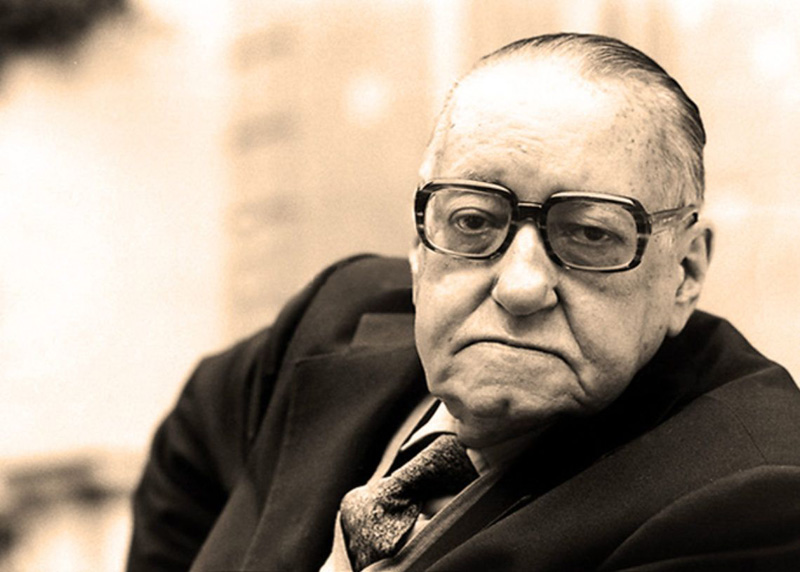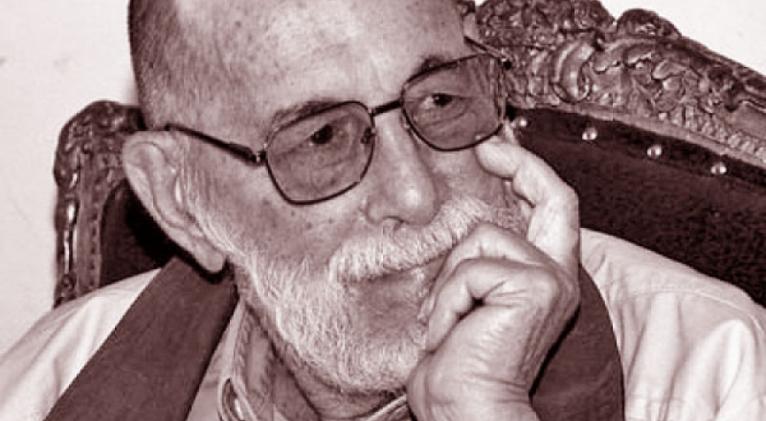Carpentier’s Vision of Discovery

A detailed view of Latin American identity reveals a focus defined by its cultural heterogeneity within a unifying framework. This framework is invariably shaped by the enduring impact of colonial and neocolonial enterprises—two hallmarks that perpetuate the region’s condition of underdevelopment within an uncomfortable and urgent status quo, leaving a legacy of impotence and an assumed normality.
For Alejo Carpentier, embracing this dilemma from a perspective distinct from other authors marked a decisive turning point in unveiling Latin American identity. This identity not only transcends cultural dimensions but also seeks to establish its place in the world, reflecting its unique universes and concerns.
As Celina Manzoni, professor and Doctor of Letters at the University of Buenos Aires, aptly explains:
“In his lectures, Carpentier revisits the enduring themes of the relationship between the baroque and the marvelous real. With Spanish critic Eugenio d’Ors, he asserts that the baroque is not merely a style confined to a specific era but a constant of the human spirit, manifesting wherever there is change, innovation, and transformation. Thus, the Americas have always been baroque—a baroque sensibility that aligns with the marvelous real. While the marvelous real refers to latent situations, features of the landscape, and events found throughout the continent and perceived as wondrous, magical realism represents a European aesthetics that combines elements of reality in a dreamlike atmosphere, akin to surrealism. However, unlike surrealism—which is a deliberate construction—the marvelous real, as redefined by Carpentier, is something tangible in the Americas, requiring only a baroque revelation.”
From The Kingdom of This World onward, Carpentier’s novels, studies, and essays constructed an argumentative value aimed at affirming a consciousness—a sense of identity that, often indirectly, claimed its belonging and significance through his unique worldview and its inherent reality.
“If our duty is to reveal this world, we must show and interpret what is ours. These things appear as new to our eyes. The description of a baroque world must itself be baroque. That is, the ‘what’ and the ‘how’ align with a baroque reality. Before the Tree of Life of Oaxaca, I cannot resort to a classical or academic description. I must achieve, with my words, a baroqueness parallel to the baroque nature of the temperate tropical landscape. Consequently, this leads inevitably to a spontaneous baroque style in our literature,” Carpentier declared during a speech delivered at the Aula Magna of the Central University of Venezuela in 1975.
In this sense, the marvelous real and the intrinsic value of American reality can be analyzed as a response—or reaction—to European surrealism and its evasion of reality through existential boundaries. They also serve as a reaffirmation of enduring certainties, transcending differences and embracing the transformative potential within our own contexts.
“(…) It is not enough to have an in-depth understanding of national history to achieve an authentic Latin American consciousness. Our destinies are intertwined in the face of the same internal and external adversaries, and similar contingencies. We may fall victim to the same opponent. Hence, our America must be studied as a unified whole, as a set of inseparable cells, to truly comprehend who we are, what we are, and the role we must play in the reality that surrounds us and gives meaning to our destinies,” Carpentier emphasized.
The measure of discovery, the common threads, and the pertinent principles find other forms of realization. These were the themes explored and articulated by this Cuban-born writer, who came into the world in Switzerland on a day like today.
Translated by Luis E. Amador Dominguez



